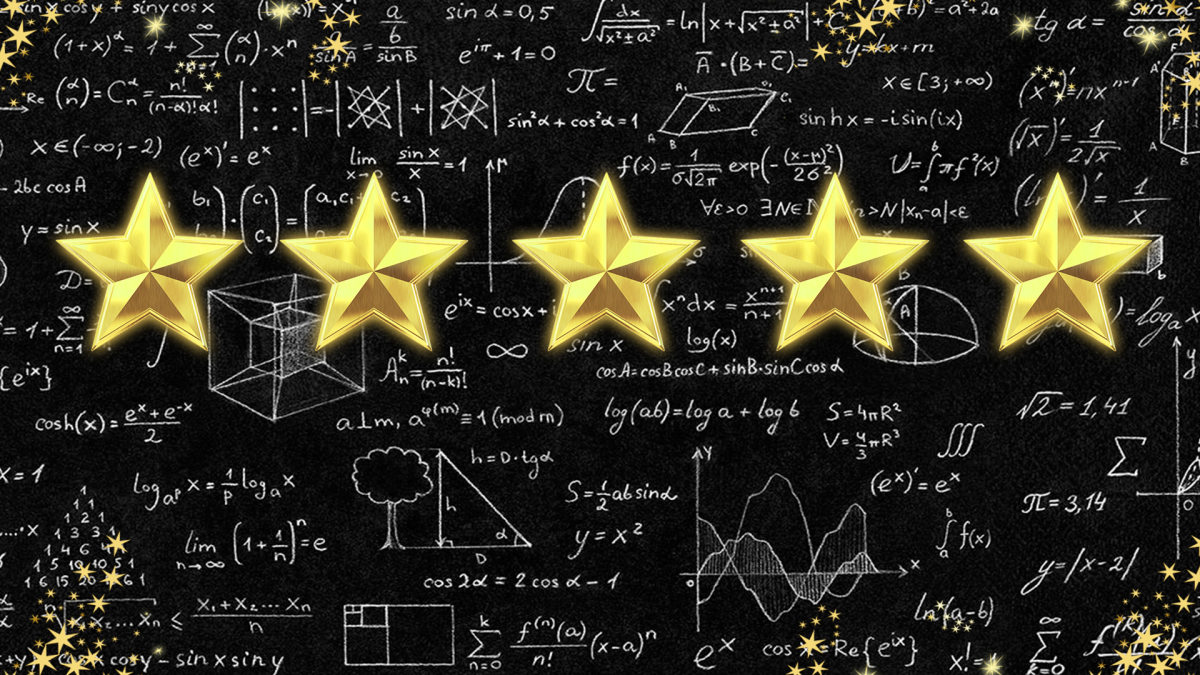This lesson plan focuses on force and how it can be applied through the paper ball launcher. Students will build a launcher using the engineering design process and use the model to hit a target at
This is the 3rd lesson in a 4 part roller coaster project for 6th grade. In this lesson, students will design and build a roller coaster that fits the criteria and follows a budget. Students will
This is the second lesson in a four part roller coaster project for 6th grade. In this lesson, students will learn about friction and gravity. Students will test different materials to determine which
This lesson uses the knowledge of circuits (lessons 1 and 2) to make a battery-powered car. We used a tutorial from Tinkercad and designed our own body of a car. Then, I printed their cars. They
This lesson shows how to make an electric car using a small motor and battery. Students created a car, attached a battery and on/off switch, and collected data. The data collection sheet is included
Students will create a Google slideshow presentation to document their progress through the engineering design process, which includes: researching the science of sound, then creating an instrument
The owl pellet dissection is an engaging lesson where students will be looking closely at regurgitated pellets and discovering energy transfer through the owl and their prey. Students will be creating
In the Kindergarten aerodynamics lesson, young learners embark on an imaginative journey into the world of flight. Through a captivating exploration of flying objects like kites, birds, and paper
Students will use geometric reasoning and the engineering design process to construct solar ovens while learning about renewable energy.
Students create a reindeer to learn about force and see how far their reindeer can fly. They can track their distance and make improvements on their reindeer. Enrichments students can see how weight
Marvelous Mexican Jumping Beans
In this third-grade lesson, students will make educated guesses about the "mystery object." Students will record what they notice and wonder about Mexican Jumping Beans. Students will create a game
This interactive 4th-grade lesson plan focuses on erosion and weathering, key concepts in understanding Earth's geology. In "Dynamic Earth," students use an interactive simulation to explore how
This lesson is an activity to show how projectile motion and many other motions in nature fallow a parabolic curve. Students will manipulate that knowledge and analyze data using small play tanks to
Using the book "Those Darn Squirrels" by Adam Rubin, students will design and create a bird feeder to let the birds IN and keep the squirrels OUT! Communication, collaboration, and creativity are key
Using the engineering design process, students will collaborate to plan and build a tower...but not just any old tower! This "Tower with a Twist" has to include a suspended cup that can also hold
This is part 2 of a two part lesson called Sailing Down the Road. In this lesson students will design a sail that can successfully catch the wind and cause their cardboard car (from part 1) to drive
This lesson plan consists of two parts. The beginning of the lesson will introduce students to the 4 parts of the water cycle. During this time, they will be able to identify at which part the water
This is a lesson designed for 4th and 5th grade. It would come at the end of the unit on Force and Motion. It describes a wonderful machine called a Rube Goldberg Machine. This lesson includes an ELA
DNA, or Deoxyribonucleic Acid, is the molecule of life. DNA exists in every single organism, from the smallest bacteria to the largest mammal, and is the only known molecule that has the ability to
In this high school science/engineering lesson on exploring cracked steel, students will delve into the concept of cracked steel and its impact on structural integrity. They will define composites and
This lesson provides the students an opportunity to learn hands-on. They work as a worm biologist or Annelidologist, observing how the external features of the worm, such as its segmented body and
In this hands-on lesson, students will attempt two builds. Students will identify weaknesses and strengths in both of their structures. They will then evaluate the effectiveness of their builds.
I use this egg drop/crash lesson as an introduction to Energy and Energy Transfer in physics. Students understand basic kinematics, but I generally conduct this lesson before projectile motion, but it
Just like many things we do in our lives, pumpkin growth and coding follow a pattern. Students will learn the life cycle of a pumpkin and fill in a practice page that talks about the pumpkin's life
Featured Lesson Plans
Check out these notable lesson plans.

Animals and Resources: Lesson 1
This is lesson 1 of the Life Science Unit. Links to all lessons included! In this lesson, students engineer a bird feeder to help birds access resources to survive. Optional fiction read-alouds

Quail Farming
Students will learn about the three pillars of sustainability through their quail farm. They will incubate, raise and restock their quails in order for them to be sustainable regardless of what

Ozobot Karaoke
In this lesson, students will combine the fields of coding and robotics with music to program an Ozobot to "sing" a familiar song. Students will learn about music concepts such as notes and octaves
